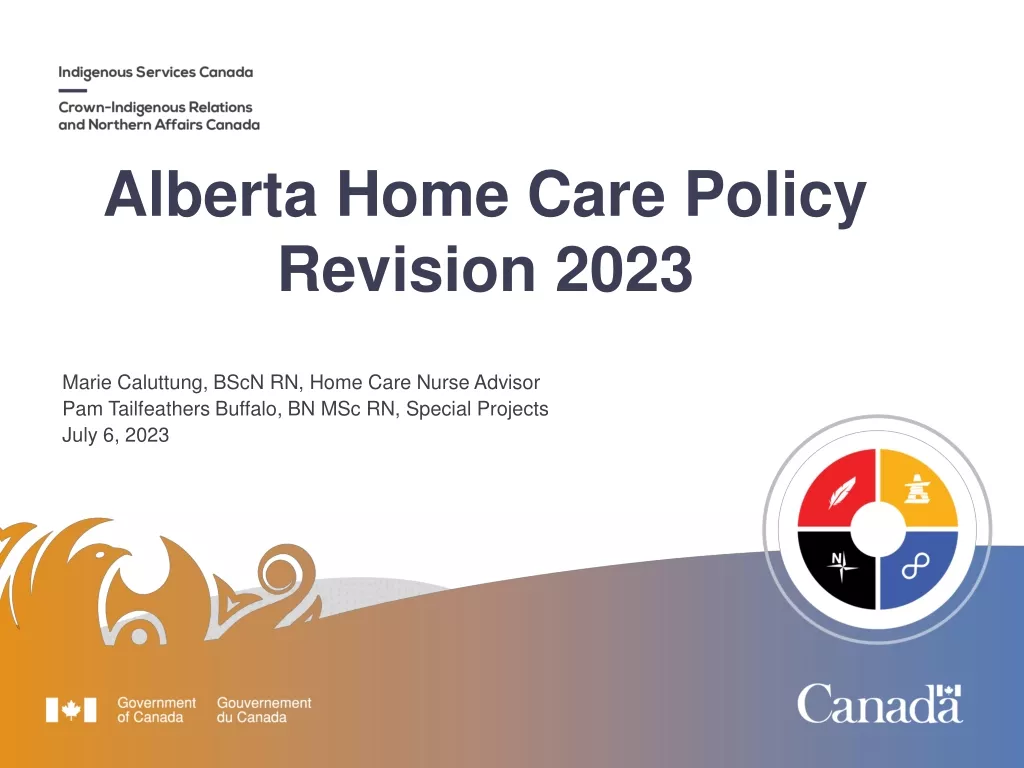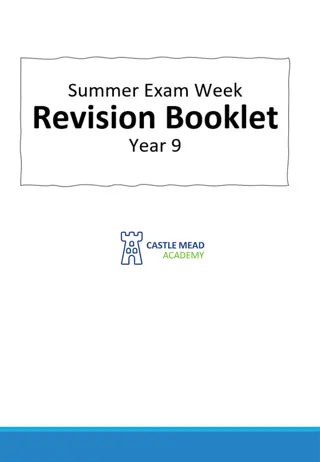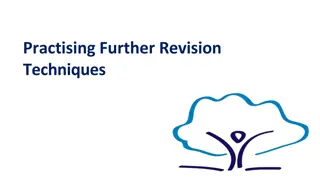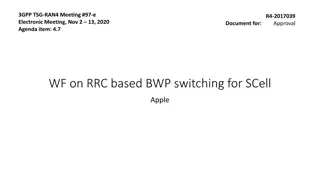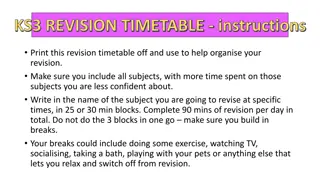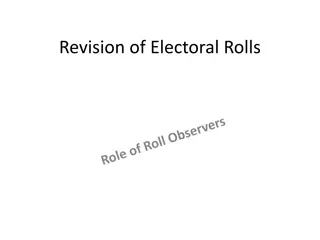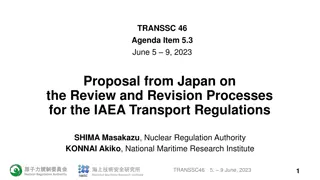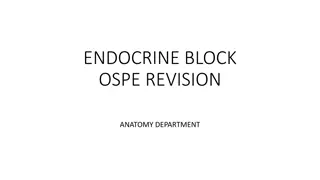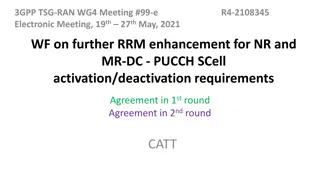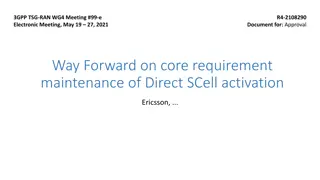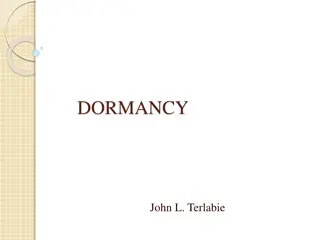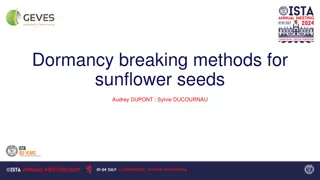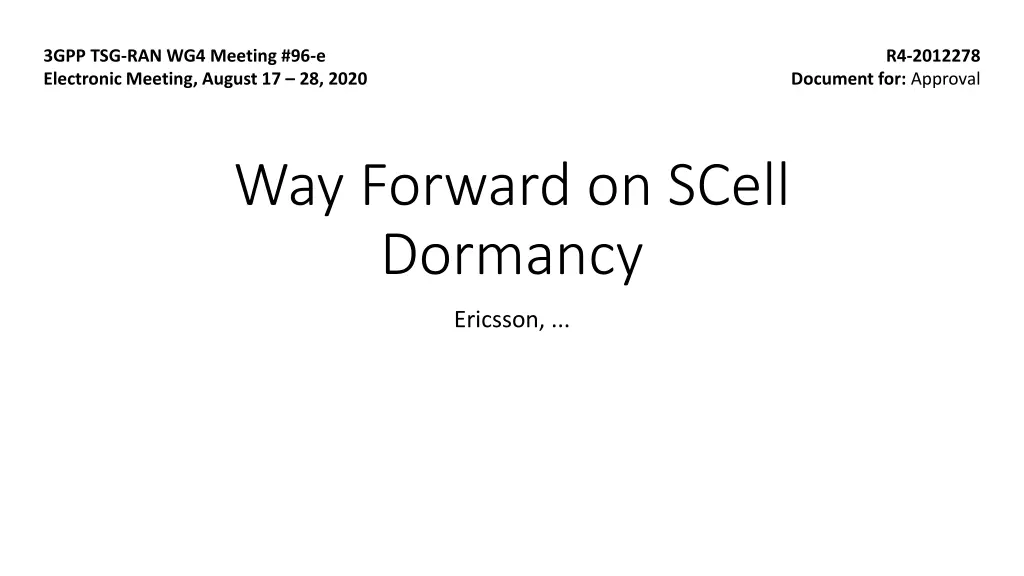
SCell Dormancy Agreements and Requirements
Explore the discussions and agreements on SCell dormancy, triggering options, optimizations, and requirements for cross-carrier scheduled BWP switches at the 3GPP TSG-RAN Working Group 4 meetings. Dive deep into topics like SCell switching, delay and interruption requirements, CSI and RRM measurements, and more.
Download Presentation

Please find below an Image/Link to download the presentation.
The content on the website is provided AS IS for your information and personal use only. It may not be sold, licensed, or shared on other websites without obtaining consent from the author. If you encounter any issues during the download, it is possible that the publisher has removed the file from their server.
You are allowed to download the files provided on this website for personal or commercial use, subject to the condition that they are used lawfully. All files are the property of their respective owners.
The content on the website is provided AS IS for your information and personal use only. It may not be sold, licensed, or shared on other websites without obtaining consent from the author.
E N D
Presentation Transcript
3GPP TSG-RAN WG4 Meeting #96-e Electronic Meeting, August 17 28, 2020 R4-2012278 Document for: Approval Way Forward on SCell Dormancy Ericsson, ...
Background At RAN4#94e, agreements on SCell dormancy were captured in R4-2002238 WF on UE RRM requirements for dormancy SCell At RAN4#94e-Bis, agreements on SCell dormancy were captured in R4-2005329 Way Forward on SCell Dormancy At RAN4#95e, agreements on SCell dormancy were captured in R4-2008607 Way Forward on SCell Dormancy
Background At RAN4#96e, the following topics were discussed: Sub-topic 2-1: General Issue 2-1-1: Triggering options Issue 2-1-2: Optimizations w.r.t. parameter changes Sub-topic 2-2: Switching of single SCell between dormancy and non-dormancy, triggering inside active time Issue 2-2-1: Delay requirement, triggering within first 3 OFDM symbols Issue 2-2-2: Validity of DCI-based triggering after first 3 OFDM symbols Issue 2-2-3: Delay requirement, triggering after first 3 OFDM symbols Issue 2-2-4: Interruption requirement Sub-topic 2-3: Switching of single SCell between dormancy and non-dormancy, triggering outside active time Issue 2-3-1: Delay requirements, outside DRX active time Issue 2-3-2: Interruption requirements, outside DRX active time Sub-topic 2-4: CSI and RRM measurements during dormancy Issue 2-4-1: Interruptions due to CSI and RRM measurements Sub-topic 2-5: Switching of multiple SCells between dormancy and non-dormancy Issue 2-5-1: Delay requirements, switching of multiple SCells Issue 2-5-2: Interruption requirements, switching of multiple SCells Sub-topic 2-6: Requirements for cross carrier scheduled DCI-based BWP switch on single/multiple CCs Issue 2-6-1: Whether existing BWP switching requirements can also apply Issue 2-6-2: Whether to define requirements for cross carrier scheduled DCI-based BWP switch
2 2- -1 1- -1: Triggering options 1: Triggering options Agreement: Remove Timer-based triggering from scope and only support DCI-based triggering. 2 2- -1 1- -2: Optimizations 2: Optimizations w.r.t. w.r.t. parameter changes parameter changes Agreement: RAN4 to only introduce generic requirements, and the further need for optimizations w.r.t. parameter change can be discussed in the future release, if needed
2 2- -2 2- -1: Delay requirement, triggering within first 3 OFDM 1: Delay requirement, triggering within first 3 OFDM symbols symbols Agreement: Additional [1] slot relaxation is applied to compensate for cross carrier scheduling In case SCS differs between spCell and SCell, the smaller SCS applies.
2 2- -2 2- -2: Validity of DCI 2: Validity of DCI- -based triggering after first 3 OFDM based triggering after first 3 OFDM symbols symbols Agreement: Triggering by means of receiving DCI after first X=3 OFDM symbols in a slot is only valid for UE supporting pdcch-MonitoringAnyOccasionsWithSpanGap or pdcch-MonitoringAnyOccasions. The conditions are captured in RAN1 specification, and at least for now we do not repeat them in the RRM specification.
2 2- -2 2- -3: Delay requirement, triggering after first 3 OFDM symbols 3: Delay requirement, triggering after first 3 OFDM symbols Agreement: RAN4 captures the delay requirement for triggering after first 3 OFDM symbols in a DCI format- agnostic manner In case RAN1 introduces restrictions for DCI formats 0_1 and/or 1_1, RAN4 will update the RRM specification accordingly. Additional [1] slot relaxation is applied to compensate for cross carrier scheduling In case SCS differs between spCell and SCell, the smaller SCS applies. Additional Z=1 slot (spCell numerology) relaxation is applied for DCI received after first X=3 symbols in a slot
2 2- -2 2- -4: Interruption requirement 4: Interruption requirement Agreement: Upon BWP transition in a single SCell into/out of dormancy, RAN4 to define the interruption requirements as follows: Interruption length as in Table 8.2.2.2.5-1 applies The starting time of interruption is only allowed within the BWP switching delay for transition between dormancy and non-dormancy If UE is not capable of per-FR gap, UE is allowed to cause interruption of up to X slots to other active serving cells. If UE is capable of per-FR gap, UE is allowed to cause interruption of up to X slots to other active serving cells in the same frequency range If UE is capable of per-FR gap, and the BWP switching involves a SCS change, the UE is additionally allowed to cause interruptions of up to X slots to other active serving cells in any frequency range. Interruptions are allowed regardless of which parameters change between dormancy and non-dormancy During the BWP switching delay plus the interruption length, UE is not expected to transmit ACK/NACK feedback for non-scheduling DCI as well as receive PDSCH and transmit PUSCH scheduled by dormancy indication DCI
2 2- -3 3- -1: Delay requirements, outside DRX active time 1: Delay requirements, outside DRX active time Agreement: For BWP transition in a single SCell into/out of dormancy triggered by DCI 2-6 outside active time, the same set of switch delay requirements shall be applied as for triggering inside active time. If RAN1 defines something that makes Dormant BWP switching time/interruption outside DRX active time to always be absorbed into WUS gap, RAN4 revises the specification text accordingly.
2 2- -3 3- -2: Interruption requirements, outside DRX active time 2: Interruption requirements, outside DRX active time Agreement: For BWP transition in a single SCell into/out of dormancy triggered by DCI 2-6 outside active time, the same set of interruption requirements shall be applied as for triggering inside active time. If RAN1 defines something that makes Dormant BWP switching time/interruption outside DRX active time to always be absorbed into WUS gap, RAN4 revises the specification text accordingly.
2 2- -4 4- -1: Interruptions due to CSI and RRM measurements 1: Interruptions due to CSI and RRM measurements Agreement: For Interruptions due to SSB-based measurements and/or CSI-RS reception: The total rate of ACK/NACK feedback loss on any non-dormant serving cell resulting from CQI measurements and RRM measurements on dormant SCells, shall not exceed [0.5]%. If P-CSI reporting in dormant SCell is not configured or configured with a periodicity of CSI-ReportConfig for a domant SCell larger than [Z=160]ms: Interruptions due to SSB reception are allowed with up to [X=0.5]% probability of missed ACK/NACK with the following conditions UE is only allowed to cause interruptions immediately before and after an SSB burst Each interruption shall not exceed requirement in Table 8.2.2.2.2-1 if victim cells are not in the same band as the aggressor SCell Each interruption shall not exceed requirement in Table 8.2.2.2.2-2 if victim cells are in the same band as the aggressor SCell. For CSI-RS reception, UE is allowed to cause interruptions immediately before and after consecutive CSI-RS resources associated with CSI-ReportConfig Additionally, if there are configured periodic CSI-RS resources not for CSI acquisition (e.g. TRS, BM), interruptions are allowed with up to [Y=0.5]% probability of missed ACK/NACK immediately before and after the consecutive CSI-RS resources not associated with CSI- ReportConfig Each interruption shall not exceed requirement in Table 8.2.2.2.2-1 Whether or not interruption happens to cells across FRs is determined by whether UE is capable of per-FR gap or not as defined in the legacy requirement of interruptions during measurements on deactivated SCC Otherwise: SSB and CSI-RS reception in the dormant SCell shall not cause interruption to active Cells Values of Z, X and Y are to be revisited at next RAN4 meeting
2 2- -5 5- -1: Delay requirements, switching of multiple 1: Delay requirements, switching of multiple SCells SCells Agreement: Delay requirements for switching of multiple SCells between dormancy and non-dormancy shall be based on corresponding delay requirements for switching of multiple SCells between non- dormant BWPs, i.e., TMultipleBWPswitchDelay or TMultipleBWPswitchDelay+Z for simultaneous BWP switching case. UE can report different incremental delay value D, from the set of values associated with capability reporting for switching between non-dormant BWPs, for switching between non- dormant and dormant BWPs. The further need for optimizations can be discussed in the future release, if needed
2 2- -5 5- -2: Interruption requirements, switching of multiple 2: Interruption requirements, switching of multiple SCells SCells Agreement: Interruption requirements for switching of multiple Scells between dormancy and non-dormancy shall be based on corresponding interruption requirements for switching of multiple SCells between non-dormant BWPs, i.e., the interruption as defined for single CC dormancy switch is allowed for each dormancy switch. Interruption is allowed regardless of which parameters change between dormancy and non- dormancy The further need for optimizations can be discussed in the future release, if needed
2 2- -6 6- -1: Requirements for cross carrier scheduled DCI 1: Requirements for cross carrier scheduled DCI- -based BWP switch on single/multiple CCs switch on single/multiple CCs based BWP Agreement: Existing Rel-15/Rel-16 BWP switching requirements cannot apply for cross carrier scheduled DCI- based BWP switch on single/multiple CCs
2 2- -6 6- -2: Requirements for cross carrier scheduled DCI 2: Requirements for cross carrier scheduled DCI- -based BWP switch on single/multiple CCs switch on single/multiple CCs based BWP Agreement: RAN4 to define requirements for cross carrier scheduled DCI-based BWP switch on single/multiple CCs in Rel-16
For next RAN4 meeting Sub-topic 2-4: CSI and RRM measurements during dormancy Issue 2-4-1: Interruptions due to CSI and RRM measurements Interested companies are invited to revisit tentative values X=0.5, Y=0.5 and Z=160ms. Sub-topic 2-6: Requirements for cross carrier scheduled DCI-based BWP switch on single/multiple CCs Define requirements for cross carrier scheduled DCI-based BWP switch on single/multiple CCs in R16.


